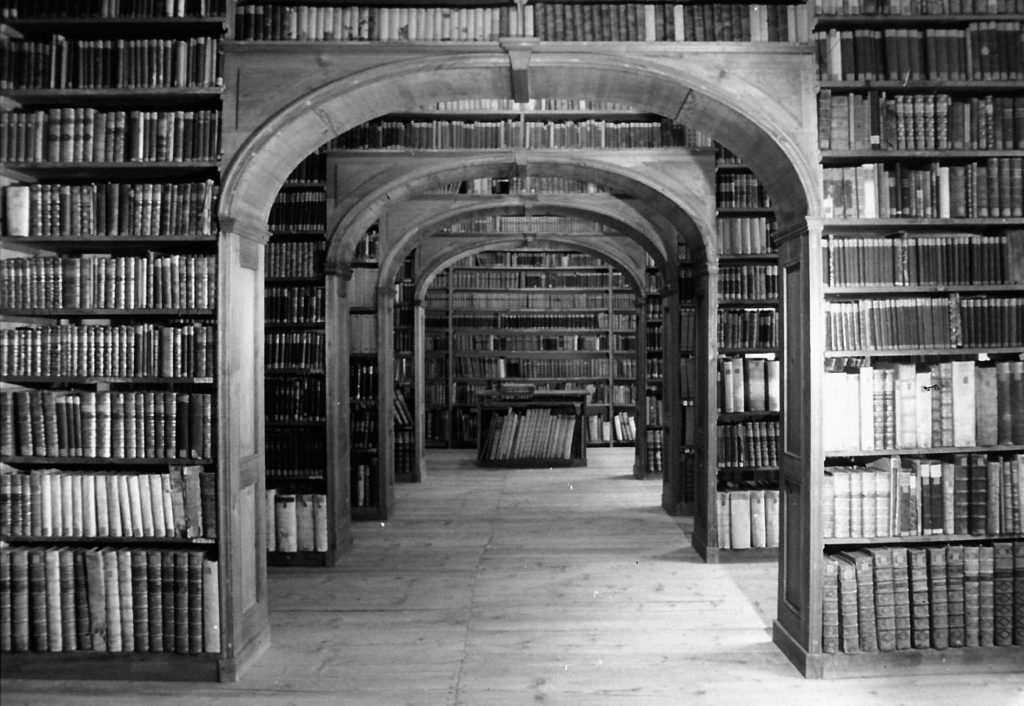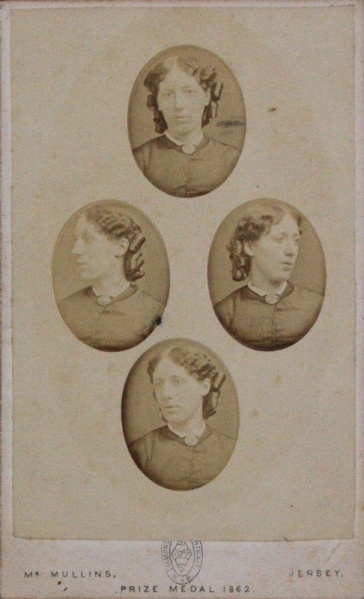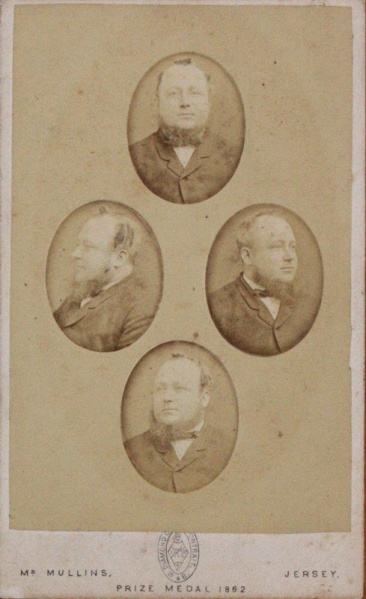


Archives tell and hold stories within them, showcasing how life progresses and how it develops over time. Anne Rice once stated, “Everyone today has a story; the world’s an archive.” The Societe Jersiaise Photographic Archive was formed within the year of 1873. The society was known for recording local photography including prehistoric monuments, buildings and ruins and was able to establish photographs for more than 140 years and currently they hold over 36,000 photos. This society has allowed for a record of our history to be recorded with the archives being established. Within the images themselves, context was said to be the most vital aspect of the photograph as they provide reference points between information sources. This allows us to gain knowledge of our world and creates a sense of meaning, the archives are a repository as they provide local information, knowledge and social memory. Without the context, the images produced wouldn’t make any sense, so it is incredibly vital that there is information behind each image as to provide more knowledge around the overall meaning and why the image was taken in the first place. Archives are incredibly important materials, and we can learn a lot about them through analysing the images within them. They can help us provide a more historical and visual background on how Jersey has changed drastically within the years of 1840 to the present time. Photography wasn’t established in Jersey until 9th May 1840, and since that time, Jersey has indeed taken a massive change over the centuries to what it is today. What we can also see from the archives is just how much the way photographs taken have changed over the years, this being showcased with the quality and possible colours shown within the images. We ourselves keep our own personal archives in many different forms, this including photo albums that tend to contain physical prints in them, or even saved images on our phones. Although these archives are a lot smaller than the typical ones, they show insight into our memories and lives as a whole, telling a story in itself.

Henry Mullins is known to be one of the most prolific photographers presented within the Societe Jersiaise Photographic Archive. He was part of a circle of photographic pioneers at the Royal Polytechnic Institute where his first photographic studio ended up opening in 1841 in Europe, before he moved to Jersey in 1848. Judging by the collection of his photographs which is now held by Societe Jersiaise Photographic Archive, he found plenty of willing sitters in the island prepared to pay half a guinea to have their portrait taken by him. He produced over 9,000 portraits of islanders from 1852 to 1873 at a time when the population was around 55,000. What we have of Mullins works is of Victorian islanders that are preserved on the pages of his photo album, which he placed his clients in a social hierarchy. The arrangement of Mullins’ portraits of ‘who’s who’ in 19th century Jersey are highly politicised. Henry was quite a popular choice when it came to photographing portraiture and was a photographer of choice for leading members of the Jersey society and successful locals and immigrant families. The archives have definitely helped us obtain all this knowledge on Mullin’s portraits due to them all being in such good condition for us to take a closer analysis into.


In 1893, the birth year of photography began to fall into place and many different processes for producing photographs was introduced. There were decades of development put into place within photography such as with lens manufacturing and centuries of research into the photosensitive qualities of silver salts. For Mullin’s photographs, he would print out his portraits on a carte de visite which was where a small photographic portrait of a person was mounted on a piece of card. He would produce these usually as albumen prints which was the first commercial photographic print produced using egg whites to bind the photographic chemicals to the paper. The print was a thin paper photograph mounted on a thicker paper card. These prints were usually 54.0 × 89 mm normally mounted on a card sized 64 × 100 mm. The carte de visite photograph proved to be a very popular item during the American Civil War. Soldiers, friends and family members would have a means of inexpensively obtaining photographs and sending them to loved ones in small envelopes. Mullins would end up mounting his carted de visite into an album and because of the small size and relatively affordable reproducibility, cartes de visite were commonly traded among friends and visitors in the 1860s. Mullin was quite well known for his use of arranging single portraits into diamond cameos, creating multi-portraits. The image above is an example of one of his diamond cameos and was a light brown tint due to the use of the egg white aging over time.
Archives function as repositories of knowledge as they provide an understanding of how photography has changed over the years, and these are clearly displayed within the Societe Jersiaise Photographic Archive. The photographs display changes over the years with the way they were taken, what was used to take these, how they were finalised and developed, the quality of the images and the overall changes of the cameras used. When the archive was first created, a lot of these factors needed development and this type of development can be showcased throughout the range of images displayed within the archives leading up to the present-day images. The archives are also containing knowledge in the sense of showcasing how society has developed over the years and how the structures and areas of Jersey have followed along too. These are present mainly within street photography which tend to display the locations and the people present in those locations. These types of images expose the different time periods and how people use to be in the older times. Re-visiting these old images from well-known places in the modern period, lays out the ability to compare with recent images and observe the many changes that would be visible. In conclusion, archives are repositories of knowledge that can be very convenient to many photographers and also many historians as they present what life was like in the past and compare it to modern day images.




Finn, an excellently constructed and written essay, that clearly demonstrates that you have researched, read and thought about the essay question and the function of the archive in general. Using a quote at the beginning to frame the hypothesis of the essay is a good strategy. Use of specialist terminology and prose flows well and you have a natural way of expressing yourself. Good use of illustrations, but consider captions information below.
1. If known, captions for illustrations, should include artists, name, title, year it was made, medium and where it is held.
2. Use quotes from literary sources where appropriate and comment to develop a critical argument ie. either approve/ disapprove etc.
2. Use Harvard System of Referencing and write a bibliography.
Consider also how images or specific collections from the historical photo-archive at Societe Jersiaise may help to develop your Personal Study project after h-term.
15/18 = A grade
Well done!